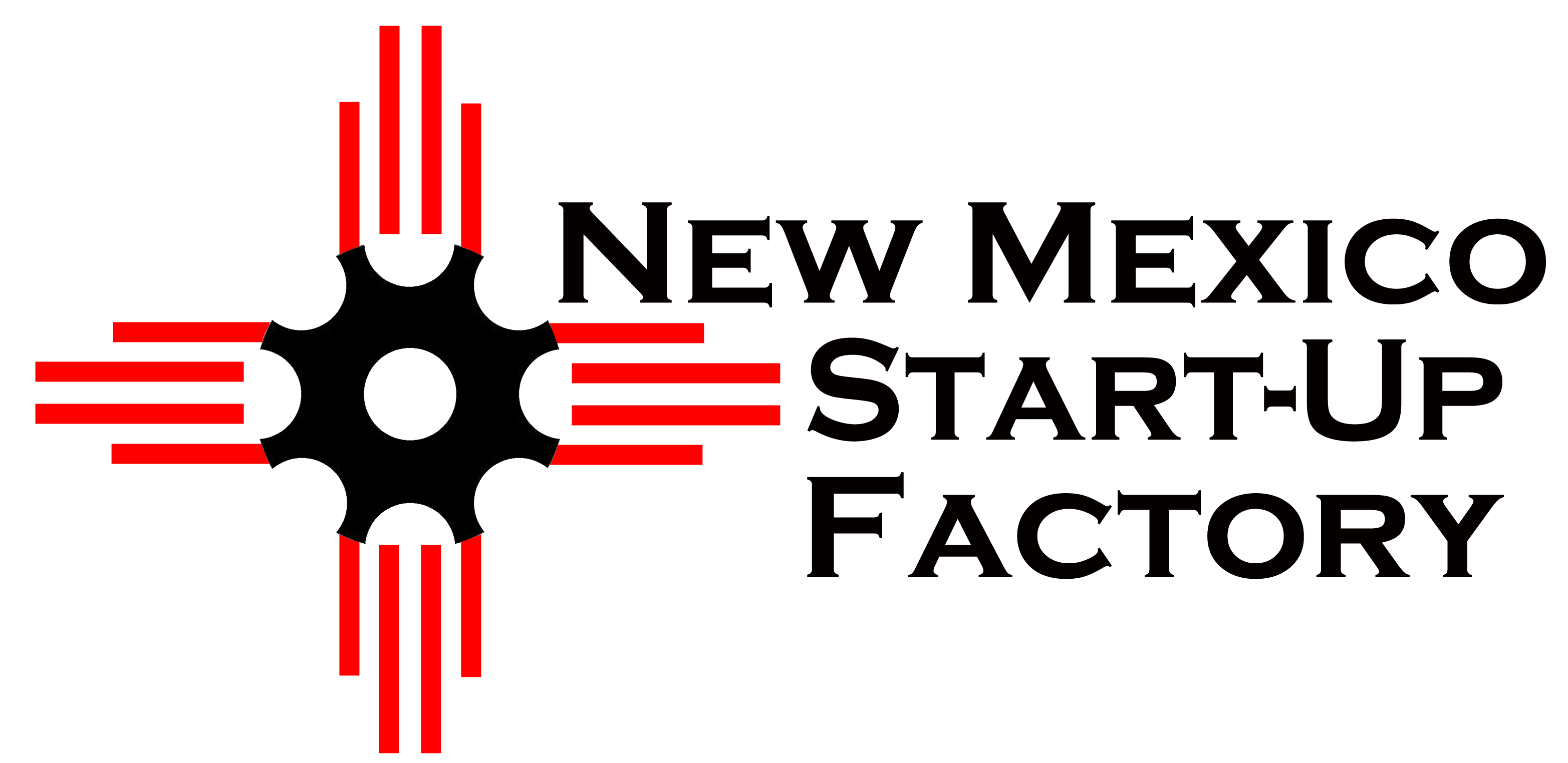Copyright © 2021 Albuquerque Journal
A newly formed New Mexico startup is using NASA technology originally designed for lunar missions to offer consumers a lightweight portable option to boost cellular coverage anywhere on Earth.
The booster comes from conductive material woven into fabric. That allows it to be folded up, stuffed in a backpack, or stored in a vehicle and then stretched out to augment reception when a user hits a dead zone.
And it doesn’t require any power, said Joshua Benavidez, chief technology officer for ORC Tech LLC, or Optical Radio Communications Technology, which Benavidez launched last fall with help from the New Mexico Startup Factory.
“You don’t need batteries or any electrical outlet to plug it in,” Benavidez told the Journal. “… If you’re hiking, on a family road trip, or you just work in remote areas, this gives you a way to communicate in any given situation.”
ORC Tech licensed the technology from NASA Johnson Space Center, which designed it as a collapsible, lightweight, portable device for space missions to supplement weak spots encountered by an astronaut crew. NASA has fully proven the technology, but ORC Tech must still design a specific prototype for cellphones and other mobile devices.
Sandia National Laboratories will help with that through the New Mexico Small Business Assistance Program, which allows the state’s two national laboratories to assign lab resources, scientists and engineers to provide technical assistance to small businesses at no cost to them.
And once a workable prototype is ready, likely by late summer, the company will set up operations at an industrial park at Ohkay Owingeh, north of Española, thanks to a new agreement with the Pueblo-owned development company Tsay Corp., which agreed to invest in ORC Tech, said Tsay Corp. President Ron Lovato.
“It would be the first technology-based manufacturing facility to go into the industrial park,” Lovato said. “We’ve been trying for 10 years to attract industry into the Española Valley, and we’ve been successful with retail and service sector businesses. Now, we’re taking a little different route here to get in early as a venture investor in the company, basically putting our money where our mouth is, so to say.”
The Startup Factory, originally launched by the New Mexico Angels and now run independently, works to pull potentially marketable technology out of the state’s national labs, research universities, and institution’s like NASA. It works with local innovators and entrepreneurs to help build technology-transfer-based companies, providing the business acumen and early-stage capital to move them forward.
“Sometimes it takes a community to build a company,” said Andrea Garcia, the Startup Factory’s company creation specialist. “ORC Tech is a great example of how we engage with local programs and resources to keep economic development and investment opportunities in New Mexico while building infrastructure and executing a product development strategy.”
Benavidez, a New Mexico Tech student with a background in engineering and physics, identified the technology while participating in a NASA entrepreneurial program to build skills in commercializing science-based innovation. He then sought assistance from the Startup Factory, which helped him license the technology from NASA and launch ORC Tech with an initial investment for an undisclosed amount.
The Startup Factory connected Benavidez with Sandia, which assigned electrical engineer John McVay to work with him through Sandia’s newly developed “Stitched” lab, which stands for Sensors and Textiles Innovatively Tailored for Complex, High-Efficiency Detection. That lab uses precise, computer-controlled embroidery to fix things like wire, tubes or optical fibers to fabric-like materials to create customized, imbedded sensors.
Industry, for example, uses that process for heated car seats, imbedding a resistive wire sensor into the seating material, McVay said.
“At the Stitched lab we look at how we can use technical embroidery for different applications,” McVay told the Journal.
In this case, the lab will use conductive thread, or a conductive metal ink, to develop a cost-effective way to manufacture ORC Tech’s radio-frequency-boosting fabrics.
Students in Sandia’s summer internship program will work with McVay to first create a prototype conductive fabric using computer-aided design, and then move to the Stitched lab for technical embroidering.
“We’ll test and measure performance of the designs, and then go back to iteratively improve on it,” McVay said. “… We hope to wrap it all up before the interns leave at the end of the summer.”
Part of the process is developing the right shape for the cell-coverage booster, which much be designed to optimally capture and direct weak radio frequency signals to the cellphone.
“The conductive fabric will bend the weak signal in a ‘dead zone’ and focus it on the point where the cellphone is,” Benavidez said.
Cellphones are only the start. The technology can later be adapted for use with laptops, satellite and WiFi internet receivers.
New Mexico’s startup ecosystem is helping to speed ORC Tech’s march to market, Garcia said.
And both Ohkay Owingeh and Sandia are benefitting.
“Through this project, we’ll gain more knowledge and experience in technical embroidery at our Stitched lab,” McVay said. “And it will provide hands-on learning for our interns – all while helping a local business. It’s benefitting all of us.”
